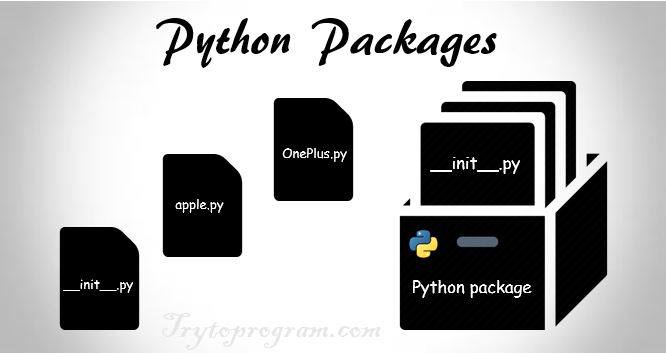
Instruction of this lesson was recorded on February 19th, 2016, as part of the Data Intensive Biology training program run by C. The newly created package provided a standard collection of common numerical operation on the top of Numpy.
#Scipy package code#
SciPy is a free and open-source Python library with packages optimized and developed for scientific and technical. Travis Oliphant, Eric Jones, and Pearu Peterson merged code they had written and called the new package SciPy.
#Scipy package how to#

We will go through the necessary steps for some of the popular Linux distros: Run the following instructions from the command line for installing NumPy on Red Hat: yum install python - numpy. Most Linux distributions have NumPy packages. Another option is to use the conda package manager in the unix shell as follows: $ conda install scipy Installing matplotlib, SciPy, and IPython is recommended, but optional. It is not yet fully compatible with NumPy. In 2011, PyPy started development on an implementation of the NumPy API for PyPy. Support for Python 3 was added in 2011 with NumPy version 1.5.0.
#Scipy package software#
If this raises an error, you might need to run the following in the unix shell: $ pip install scipyĮxplanation: pip is a python ‘package manager’, which will go grab the necessary software for this lesson and install it on your machine. To avoid installing the large SciPy package just to get an array object, this new package was separated and called NumPy.

You can test that by running the following in an IPython session: If you have used your computer in a Software Carpentry workshop, it is likely that you already have it installed. As SciPy is open source, it has a very active and vibrant community of developers due to which there are enormous number of modules present for a vast amount of scientific applications and.


 0 kommentar(er)
0 kommentar(er)
